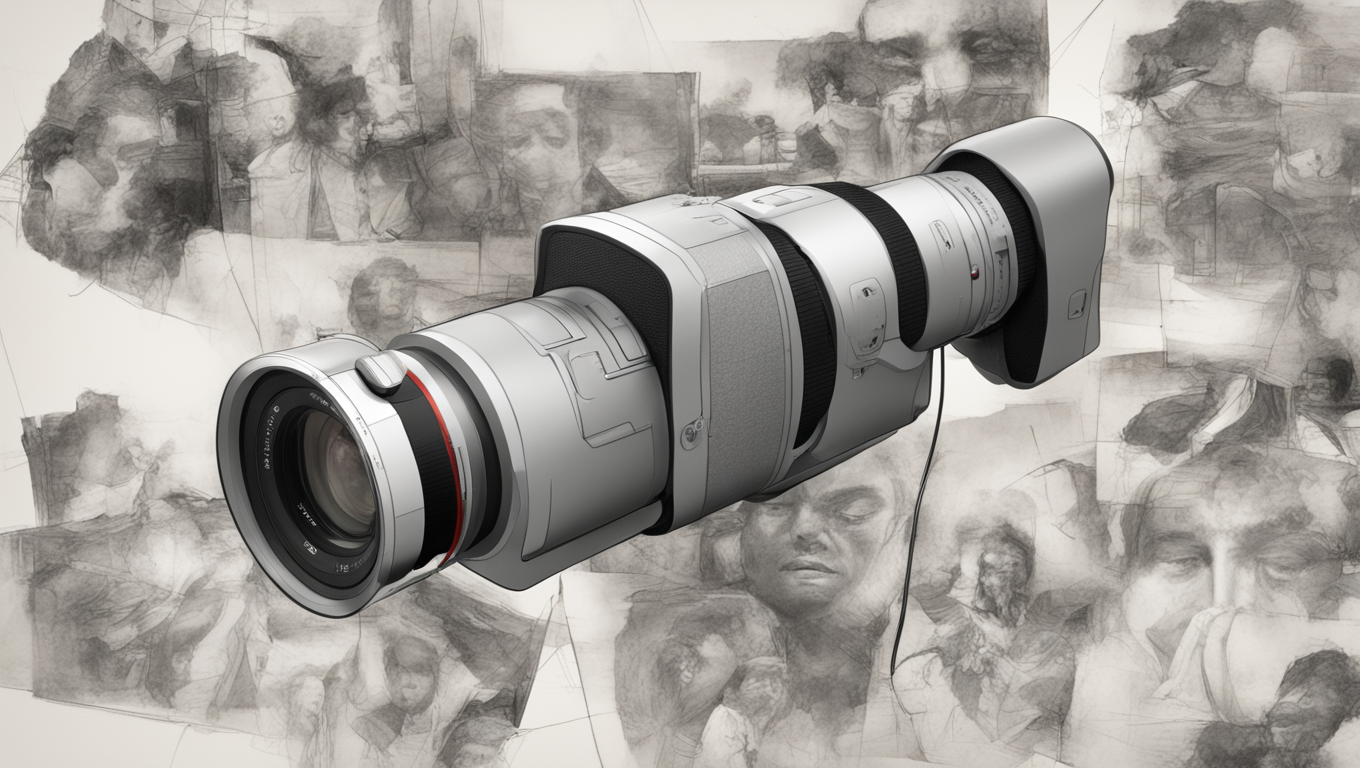Creating Stunning Videos from Photos: Google’s Lumiere AI Model Unveiled
In a groundbreaking collaboration with the Weizmann Institute of Science and the University of Tel Aviv, Google has unveiled their latest artificial intelligence (AI) model, Lumiere. This incredible technology allows users to transform photos and textual instructions into captivating videos. The name Lumiere pays homage to the French Lumière brothers, who invented the camera and the cinematic projector.
But what sets Lumiere apart from other AI video creation tools is its ability to accurately recreate the movements of subjects within the footage. Traditional programs, such as Stable Diffusion, often produce imperfect results due to challenges in maintaining consistency when animating static images. To overcome this, Google developed the “Space-Time U-Net” architecture, a spatiotemporal neural network that generates the entire video in a single pass, without the need for intermediate sequences that may introduce inconsistencies with previous or subsequent actions.
The heavy lifting is done by a generative AI, which analyzes multiple movements and selects the best one based on a vast database accessible to Google’s models. The result is a plausible video where each activity seamlessly transitions into the next. For example, if you input a photo of a stuffed animal into Lumiere and ask the program to make it walk from point A to point B, the AI generates a single spatiotemporal sequence that showcases a fluid and cohesive movement.
To train the Lumiere video model, Google leveraged a dataset of 30 million videos along with their corresponding text captions. However, it is important to note that Lumiere is still an experimental research project and is not currently available as public software. Despite this, it represents a significant leap forward in the field of AI-powered video creation.
“We are thrilled to unveil Lumiere, which pushes the boundaries of AI-assisted video creation,” said Dr. Emma Anderson, a lead researcher on the project. “By harnessing the power of generative AI and incorporating spatiotemporal analysis, Lumiere enables users to bring static images to life in a way like never before.”
This innovative technology holds tremendous potential for a wide range of applications, from artistic endeavors to marketing campaigns. It opens up new creative possibilities for photographers, filmmakers, and storytellers, allowing them to transform their photos into dynamic visual narratives. Furthermore, businesses can leverage Lumiere to create engaging video content from static images, enhancing their marketing efforts and captivating their audience.
While Lumiere is currently inaccessible to the public, the unveiling of this cutting-edge AI model showcases Google’s commitment to pushing the boundaries of artificial intelligence in video creation. As the research and development continue, we can expect further advancements in the field, revolutionizing the way we bring visuals to life.
As we move further into the age of AI, Lumiere serves as a remarkable example of the incredible possibilities that arise when human ingenuity teams up with advanced technology. The Lumière brothers would surely be astounded by the progress made in the world of film and video creation since their pioneering days. With Lumiere, Google is carrying on their legacy, enabling users to make stunning videos that capture the imagination and bring stories to life in ways previously unimaginable.





Use the share button below if you liked it.